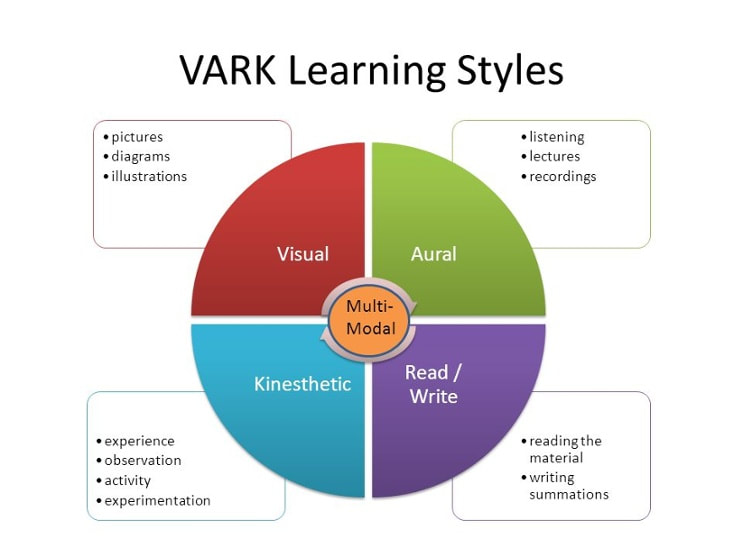

It’s still better to go through written notes to find what you’re looking for. It will be too difficult to comply if you don’t.Įven though audio notes are the finest method to learn, they are a terrible way to organize information. Make sure each recording is labeled with a brief description of what it contains. This eliminates the difficulty of manually importing voice recordings. It’s simple to create a database of recordings you’ve made and keep them organized with Evernote.Įvernote also features a built-in voice recorder, which is a terrific feature.

It’s critical that you maintain track of your audio notes.Įvernote is a fantastic tool for this. To make this function as effectively as a colorful Mind Map for a visual learner, make it simple for yourself to retrieve and review your audio notes in the future. You can create an audio library instead of filling up a notepad or spending hours typing on a computer keyboard. These could be recordings of you describing a concept you’re learning, reading a piece from a book out loud, or recordings of someone else explaining something, such as from a lecture or presentation. Auditory learners may benefit more from audio recordings than written notes when it comes to taking notes.

We all need to save the information somewhere so we can access it later, regardless of our learning styles. Make Audio Recordings Instead of Taking Notes Let’s get right into the 6 learning strategies for auditory learners now that we’ve covered some basic material.

Related: Cognitive Skills That Will Help You Learn Faster We don’t necessarily know the scientific answer as to why this is the case, but neither do we need it.Īll we have to do now is embrace our individual choices and apply the approaches that are best suited to our preferences. While some individuals love to read, others prefer to listen to audiobooks. However, if you want to learn as effectively and comprehensively as possible, you should adopt learning approaches that are tailored to your preferences for information digestion. If you learn better through sound than through images, you can still learn well by looking at pictures or doing activities. The VARK theory appears to be more concerned with personal preferences than with learning styles being inextricably related to a person’s DNA. People don’t always fit neatly into one of these categories, but they frequently prefer one of these learning styles over the others.


 0 kommentar(er)
0 kommentar(er)
